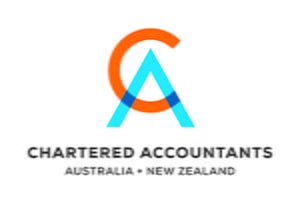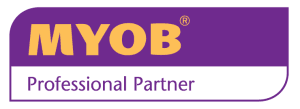For many business owners, the Profit and Loss Statement and Balance sheet of your business may as well be written in a foreign language. It is a bunch of numbers which all mean something, but what do these numbers actually mean?
The profit and loss statement and balance sheet can tell great stories about what is happening in your business. But firstly you must understand what the numbers mean. Let’s look at what I think are 3 of the most important ratios you need to understand to help your business grow:
Gross Profit Margin: | Gross Profit |
Sales
|
This margin tells you how much profit you are making on your sales before your overhead expenses. Let’s use a clothing retailer. This would be the margin you are making on a t-shirt. If you sell the shirt for $100 and it costs you $70 to sell the shirt, you make $30 profit on the shirt. Your gross profit margin would be 30%.
This margin helps you price your goods for sale. If you know how much your stock will make you, you can work out how many items you need to sell before you break even on your overheads (rent, staff, telephone, etc.) and then how many you need to sell before you make your goal profit.
Using the above example, do you know how many additional customers we would need if we dropped our prices by 10% for a sale? 10% more sales and you break even – right? Wrong – We would need to increase your sales by 50%. Would a 10% drop in sale price bring an extra 50% of customers through the door. Without knowing your gross profit margin, how do you know how much an in store sale will cost you.
Current Ratio: | Current Assets |
Current Liabilities
|
This ratio helps you understand if you can pay your debts when they fall due. If your current ratio is below 1, you do not have the funds to service your debts. Depending on your business, a current ratio of approximately 1.5 – 2 is a good position to be in. This means you can pay your debts when they fall due with a buffer up your sleeve. It is very important to keep an eye on this figure so you know your business can survive.
Debtor Days: | Trade Debtors | X no of days in the year |
Revenue
|
Cashflow is one of the major reasons a business fails. Without cash in the business to support purchases etc. the business will not survive. This tells you whether your customers are paying you on time. The higher the number, the longer you are taking to collect your debts. Every business gives their clients payment terms, whether it be cash on delivery, 7 days, or 14 days from end of month, your customers should know your payment terms. If you did this calculation in your business at the moment would your debtor days match your payment terms. It’s unlikely – customers tend to pay their bill on average approximately 23 days after they are due. If your payment terms are 30 days, I would guess your debtor days are at about 53 days.
These are some of the things your profit and loss statement and balance sheet are telling you. You need to be sitting down and reviewing what is happening in your business regularly or it is hardly worth doing. Your accountant should become your Chief Financial Officer and keep you informed of these trends. Cloud based solutions make it possible to have data in real time so you know what is happening in your business right now. Don’t leave it until it is too late.
Many clients send their MYOB file to their accountant in April/May the following year. By the time the accountant finishes the work, the data is 11 months old. Any discussions you have around the balance sheet are almost irrelevant. You need to make sure you are up to date with your figures so you can grow your business.

Article Written by Paul Wineberg
Paul is a member of the Institute of Chartered Accountants
and a Director of South East Accounting.










